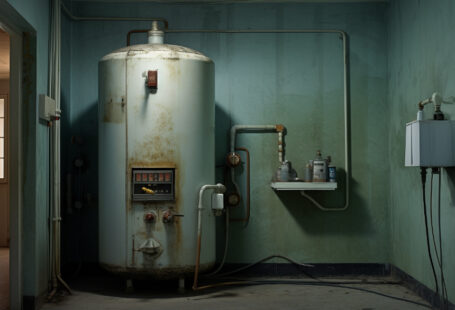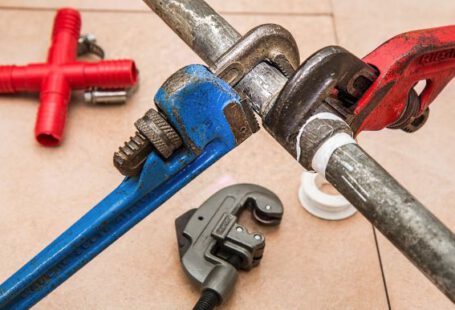As parents, it is our responsibility to ensure the safety of our children in every aspect of their lives. One area that often goes overlooked is plumbing safety. While it may not be the most exciting topic, teaching our children about the potential dangers of plumbing can prevent accidents and injuries. In this article, we will discuss the importance of educating our young ones about plumbing safety and provide some tips on how to do so effectively.
Understanding the Dangers
Before we can effectively educate our children about plumbing safety, it is important for us as adults to understand the potential dangers ourselves. From scalding hot water to clogged drains and toxic chemicals, there are many hazards that can be found in and around plumbing fixtures. By familiarizing ourselves with these risks, we can better communicate them to our children.
Start with the Basics
When it comes to teaching children about plumbing safety, it is important to start with the basics. Begin by explaining to them what plumbing is and how it works. You can use simple and age-appropriate language to help them understand concepts such as pipes, faucets, and drains. By giving them a basic understanding of how things work, they will be more likely to grasp the importance of safety measures.
Teach by Example
Children often learn best by observing and imitating their parents or caregivers. By practicing good plumbing safety habits ourselves, we can set a positive example for our children to follow. This includes things like turning off the faucet tightly, not pouring chemicals down the drain, and never sticking objects into electrical outlets. By consistently demonstrating these behaviors, we can reinforce the importance of safety in our children’s minds.
Childproofing the Bathroom
The bathroom is one area in the home where many plumbing hazards can be found. To ensure the safety of our children, it is important to childproof this space. Install toilet seat locks to prevent accidental drownings, keep cleaning products out of reach, and secure cabinets that may contain harmful substances. By taking these simple steps, we can greatly reduce the risk of accidents and injuries.
Teaching Water Temperature Awareness
Hot water can cause severe burns, especially for young children with sensitive skin. To prevent scalding, it is important to teach our children about water temperature awareness. Show them how to test the water before getting in the shower or bath, and explain the importance of turning on the cold water first to avoid sudden bursts of hot water. By instilling this habit early on, we can help our children develop a lifelong understanding of water safety.
Regular Plumbing Safety Discussions
Lastly, it is crucial to have regular discussions about plumbing safety with our children. This can be done during bath time, while cooking in the kitchen, or whenever the topic naturally arises. Remind them of the dangers associated with plumbing fixtures and reinforce the importance of following safety guidelines. By keeping the conversation open and ongoing, we can ensure that our children’s understanding of plumbing safety continues to grow over time.
Conclusion: Plumbing Safety Starts at Home
In conclusion, educating our children about plumbing safety is an essential part of keeping them safe in and around the home. By understanding the potential dangers ourselves, starting with the basics, teaching by example, childproofing the bathroom, teaching water temperature awareness, and having regular discussions, we can instill in our children a strong sense of responsibility and awareness when it comes to plumbing safety. Remember, prevention is always better than cure, and by taking the time to educate our young ones, we can help them avoid accidents and injuries in the future.



